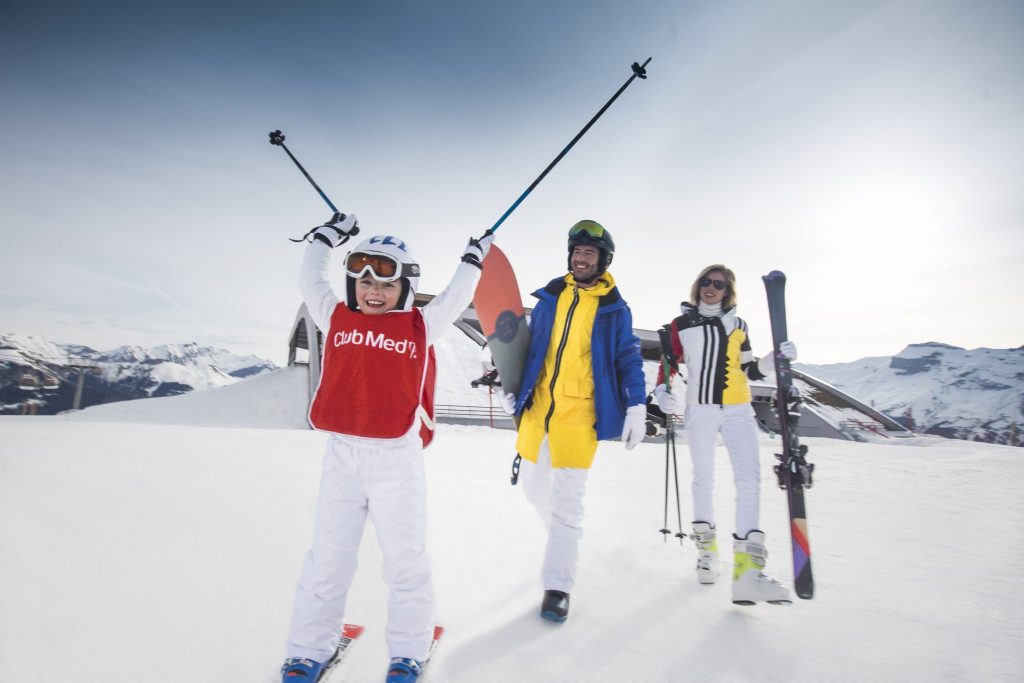Watch Out, Japan! Switzerland Luring More Asians for Winter Holidays

Skift Take
Asia’s snow holiday market keeps growing, and Switzerland, a first mover in this opportunity, is benefiting. Japan, however, remains the most popular winter holiday destination for Asians by far.
When alpine countries such as Switzerland and France started tapping the Asian market around a decade ago, their idea was it’s the perfect source to plug the gap in summer, when business is slower than the peak winter season, which sees wealthy Europeans hog the ski resorts.
But Asia’s mass outbound market quickly spun off a luxury segment that can afford to travel independently and is adventurous to try new places and activities. Switzerland, seeing fewer or stagnating arrivals from traditional sources such as Germany, Italy, France and itself — a reason was it got pricier due to the strong Swiss franc — started to build in earnest a winter business out of huge Asian markets such as India and China.
The effort is paying off. An independent survey by Insightzclub commissioned by Club Med released October 25 shows Switzerland as the third most preferred winter holiday destination for Asians, after South Korea and top dog Japan.
The APAC Snow Brand Study 2019 surveyed 2,200 respondents in March from 11 Asian markets, Australia, China, Hong Kong, India, Indonesia, Japan, Malaysia, Singapore, South Kor
